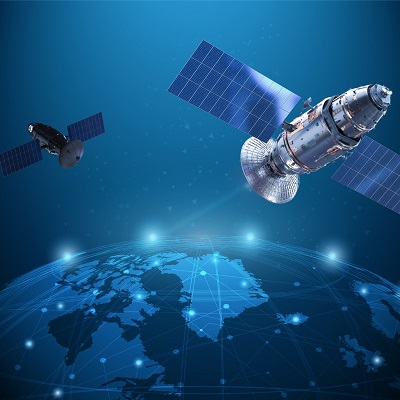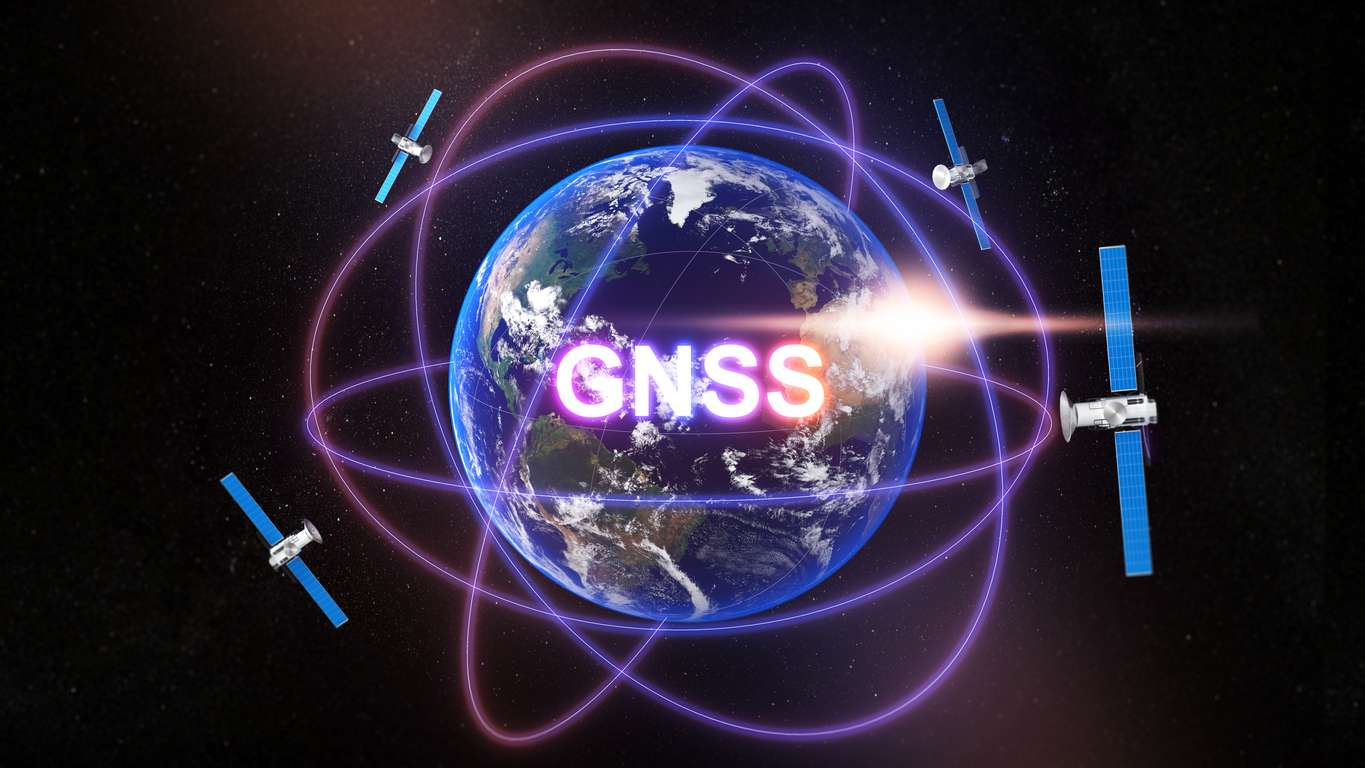How does GPS jamming work?
On December 21 2023
This article is a translation of an article published in French on The Conversation by Alexandre Vervisch Picois, associate professor at Telecom SudParis – Institut Mines-Telecom. All links are in french
Most of us use GPS – the Global Positioning System – to guide us to and from work every day or to show us the way to this year's holiday destination, and it's a catastrophe when it doesn't work! GPS is also widely used in professional and scientific environments, such as transport and civil engineering, for geolocation services, topography, and geodesy – the study of the Earth's shape – not to mention the military applications that were the raison d'être behind the GPS system.
Physically, GPS relies on radio signals at specific frequencies. If, for one reason or another, these cannot be accessed in good conditions, geolocation is disrupted or perhaps impossible. Here, we are going to look at one reason in particular: jamming, which can be voluntary or involuntary and is separate from spoofing.
GPS jamming causes a "denial of service", meaning that it is unable to calculate our position. This can be critical because many sensitive applications rely on it, such as civil aviation, defence and emergency services. Voluntary jamming can be one aspect of a cyberattack in armed conflicts such as the one in Ukraine, for example.
To understand what this means, let's first start with an explanation of what GPS is.
"GPS" is a receiver
"GPS" is commonly understood as the function that provides "geolocation" information, by which we mean the physical location of a device in the geographical sense of the term. It aims to produce mathematical quantities, known as coordinates, that can be used to place an object in a representation system, such as a map. In addition to geolocation, GPS allows for the receiver's clock to synchronise to within a few dozen nanoseconds of coordinated universal time. For example, this allows mobile networks and banking and stock market transactions to be synchronised. With the latter, for instance, we can instantly timestamp the sale of a stock and refer to its market price to better than the nearest second.
We often call the object we use for GPS by the system's acronym, GPS. However, we should call it a "GNSS receiver". GNSS stands for Global Navigation Satellite Systems and refers to all the systems that allow for geolocation across the globe: the American GPS system, Europe's Galileo, Russia's GLONASS and China's Beidou. So, if you are in Europe, you really should say, "I'll be there in five minutes, my Galileo says I'm near your place".

In practice, satellites send radio signals to Earth. These are received by an antenna integrated into the receiver (such as a smartphone) and processed to calculate the antenna's geographic coordinates. It is important to note that there is no response from the receiver to the satellite: the link is only one-way. Therefore, "GNSS" systems are position calculation systems, not tracking systems.
And this is important information for the subject at hand: a disruption to GPS impacts the reception of the signal by the device on Earth. Even if we were to scramble all the receivers on Earth, the satellite network would continue to send its signals like nothing had happened.
Jamming GNSS signals
Jamming a system is an action, not necessarily a voluntary one, that consists in emitting a signal over the system's frequency band and which will add to the system's own emissions, disrupting its operations. We commonly call this additional signal "noise" that is added to the natural noise created by the sum of the signals from all existing radio sources on Earth, the Sun, in space and even from human activity. To give a representation of what the noise in question is, the simplest analogy would be everyday language.
Imagine you are at a table in a restaurant speaking to the person in front of you. You can hear and understand what they are saying. You hear but do not understand the other conversations around you: this is natural noise that is added to ambient noise such as traffic, for example. Then, someone at the next table starts speaking very loudly, so much so that you can no longer understand what the person in front of you is saying. You've been scrambled!
For GPS, the nature of the waves changes, but the principal remains the same: anything that is emitted over the frequency band and does not come from the system's satellites acts as a scrambler.
What's more, the signals from the satellites are in fact very low power, just a few tenths of a femtowatt in reception. This makes them very sensitive to jamming . A scrambler located a few kilometres away emitting a few milliwatts, about the same power as a Wi-Fi emitter, is enough. To carry on with our previous comparison, imagine that the person in front of you had a very soft voice that was hard to hear – the slightest noise nearby would prevent you from understanding them.
Voluntary and involuntary jamming
Involuntary jamming generally results from a faulty device. This can be a telecommunications device like a Wi-Fi router or relay antenna that emits outside its operating frequency and over a GNSS band. This can also come from electrical devices such as mobile telephones or microwave ovens with poor electromagnetic compatibility (EMC) due to damage or a lack of respect for standards of manufacture or use. In common parlance, we call these devices "poorly isolated".
Voluntary jamming is like a cyberattack. This can happen during electronic warfare, such as in the conflict in Ukraine where jamming from both sides has been proven. In this case, the aim is to disrupt the enemy's tactical organisation by depriving them of information about their deployment positions or to counter their guided weapons.
However, we can encounter this phenomenon in civilian environments as well. The most common case is a small device that plugs into a car's cigarette lighter that disrupts all the nearby receivers, including those on planes. This device is often used by transport employees who want to disrupt the tracking system on their vehicle and prevent their employee from monitoring their movements.
Alexandre Vervisch Picois, associate professor, GNSS and geolocation specialist, Telecom SudParis – Institut Mines-Telecom
→ This article is a translation of an article originally published in French on The Conversation under a Creative Commons Licence. Read the original article.





